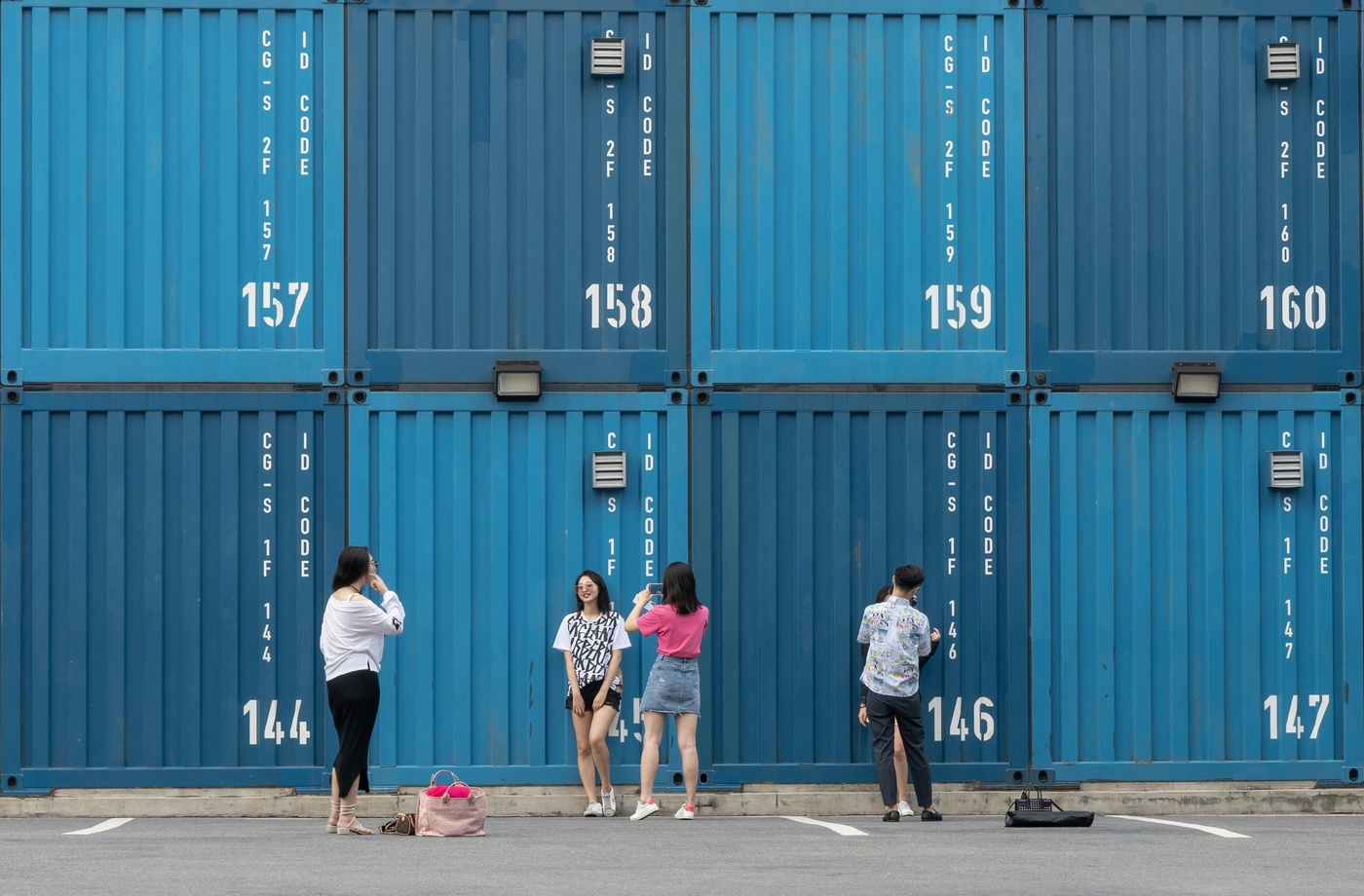Sustainability in shipping is rapidly evolving as businesses and consumers demand greener, more eco-friendly logistics solutions. Adopting sustainable shipping practices not only reduces environmental impact but also enhances brand reputation and complies with increasing regulations. This guide explores emerging trends and future directions in sustainable shipping to help businesses stay ahead.
Increased Use of Eco-Friendly Packaging
The shift toward recyclable, biodegradable, and compostable packaging materials will continue to grow. Innovations like mushroom-based packaging, plant-based plastics, and reusable containers are becoming mainstream. Suppliers such as EcoEnclose and Packhelp offer a wide range of sustainable packaging options tailored for shipping.
Electric and Alternative Fuel Delivery Vehicles
To reduce carbon emissions, shipping companies are investing in electric vehicles (EVs), hydrogen fuel cell trucks, and other alternative fuel options. Major carriers like FedEx have committed to electrifying portions of their fleets, decreasing reliance on fossil fuels.
Carbon Offsetting Programs
Many logistics providers now offer carbon-neutral shipping options. These programs calculate the carbon footprint of shipments and invest in projects like reforestation, renewable energy, and clean water initiatives to offset emissions. Customers can select carbon-neutral options at checkout through carriers like UPS and FedEx.
Optimized Routing and Delivery Methods
Advanced algorithms and AI are improving route optimization to reduce fuel consumption and emissions. Alternative delivery methods such as bike couriers, drones, and autonomous vehicles are being tested and deployed to minimize environmental impact, especially in urban areas.
Increased Transparency and Reporting
Sustainability reporting is becoming more detailed, with companies tracking emissions, waste reduction, and resource use throughout their supply chains. This transparency supports corporate social responsibility goals and informs consumers about the environmental impact of their purchases.
Regulatory Changes and Compliance
Governments worldwide are implementing stricter environmental regulations affecting shipping emissions and packaging waste. Businesses must stay informed about compliance requirements to avoid fines and penalties.
Leveraging Sustainable Suppliers and Partnerships
Partnering with suppliers and logistics providers committed to sustainability can amplify your green efforts. Many third-party logistics (3PL) companies now prioritize eco-friendly practices and certifications.
Save Money While Supporting Sustainability
Sustainable shipping can sometimes involve higher upfront costs. To manage expenses, purchase shipping supplies or carrier gift cards through cashback platforms like Fluz. For example, you can earn cashback with a UPS gift card or get rewards with a FedEx gift card, helping offset costs while supporting eco-friendly practices.
In Conclusion
The future of shipping is green, with innovative technologies, eco-friendly materials, and smarter logistics reducing environmental footprints. By adopting sustainable shipping practices and leveraging cashback savings through platforms like Fluz, businesses can contribute to a healthier planet while maintaining efficient and cost-effective operations.



